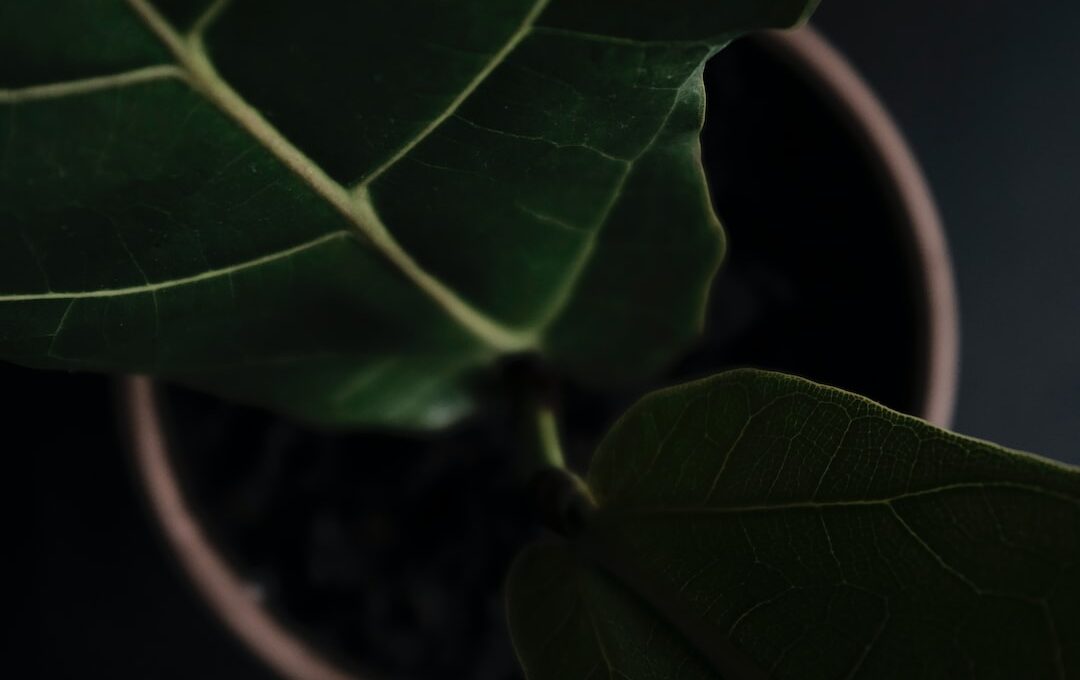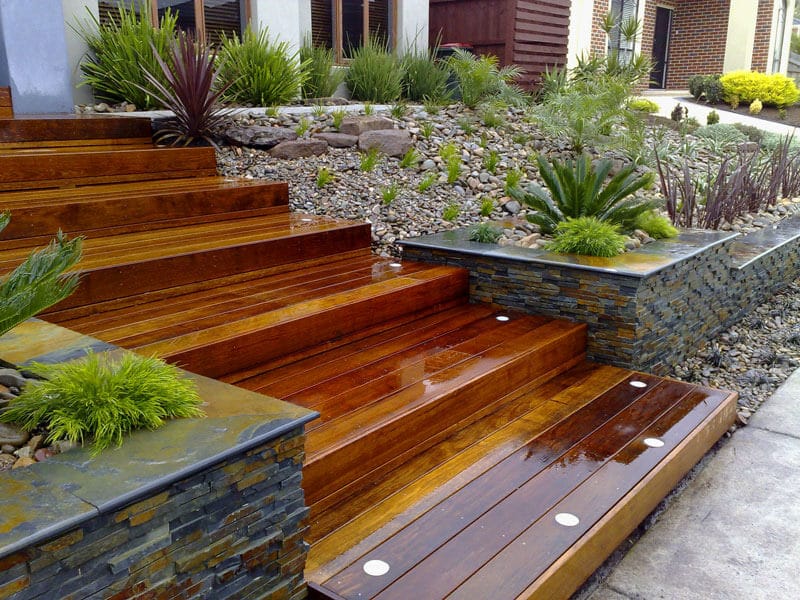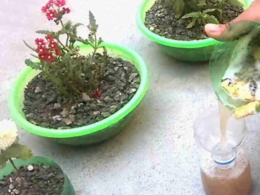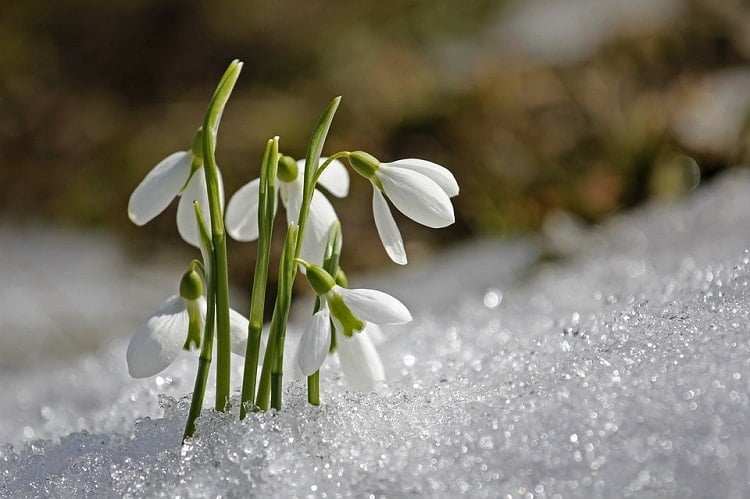Are you considering adding potted coleus plants to your home or garden?
It’s important to understand how long these vibrant plants will last so you can plan accordingly.
Potted coleus plants, known for their stunning foliage in a variety of colors, can bring beauty and life to any space.
With proper care and maintenance, you can extend their lifespan and enjoy their vibrant hues for months on end.
In this article, we will dive into the characteristics of potted coleus plants, explain how long they typically last, and provide you with essential tips to keep them thriving.
By following our advice, you can ensure the longevity of your potted coleus plants and create a safe and welcoming environment in your home or garden.
Quick Summary
- Potted coleus plants can last 1-3 years or longer with proper care.
- Proper care includes providing the right amount of sunlight, water, and nutrients.
- Potted coleus plants are susceptible to pests and diseases.
- Regular pruning and pinching techniques promote bushier growth and prevent legginess.
Characteristics of Potted Coleus Plants
Have you ever wondered how long potted coleus plants can last? If you’re someone who loves having plants around, it’s important to know the characteristics and lifespan of potted coleus plants.
These vibrant and colorful plants are a popular choice for indoor gardening due to their unique foliage and easy care requirements. One of the most notable characteristics of potted coleus plants is their stunning variety of leaf colors and patterns. From bright greens to deep purples, and even vibrant yellows, coleus plants can add a pop of color to any room. They are also known for their textured leaves, which can be smooth or have a slightly serrated edge, adding an interesting visual element to their overall appearance.
When it comes to the lifespan of potted coleus plants, they can typically last anywhere from one to three years. However, with proper care and maintenance, some coleus plants have been known to live even longer. To ensure a longer lifespan for your potted coleus plants, it’s important to provide them with the right amount of sunlight, water, and nutrients. Avoid overwatering, as coleus plants prefer slightly moist soil. Regularly pruning any dead or yellow leaves can also help promote healthier growth and prolong their lifespan.
Potted coleus plants are a great addition to any indoor garden due to their vibrant colors and unique foliage. With proper care, they can last anywhere from one to three years, or even longer. So go ahead, bring some life and color into your home with these beautiful plants!
Understanding the Lifespan of Potted Coleus
You’ll be surprised at the lifespan of potted coleus plants! These vibrant and colorful plants can brighten up any space and bring joy to your home for a long time.
Here are some things you should know about the lifespan of potted coleus:
-
Potted coleus varieties: There are many different varieties of potted coleus plants available, each with its own unique characteristics. Some varieties can live for several years, while others may only last for a season. It’s important to choose a variety that suits your needs and preferences.
-
Proper care: Providing the right care is crucial for the longevity of potted coleus plants. They thrive in well-draining soil, and they require regular watering and fertilizing. Additionally, they prefer bright, indirect sunlight, so make sure to place them in a suitable location.
-
Common pests and diseases: Like any other plant, potted coleus plants can be susceptible to pests and diseases. Common pests include aphids, spider mites, and whiteflies. To prevent infestations, regularly inspect your plants and take prompt action if you notice any signs of pests. Additionally, keep an eye out for diseases such as powdery mildew and root rot, and treat them immediately to ensure the health and longevity of your plants.
Taking these factors into consideration and providing proper care, your potted coleus plants can thrive and last for a long time, adding beauty and vibrancy to your home.
Proper Care and Maintenance
To properly care for and maintain your potted coleus, it’s important to consider their light and temperature requirements. Make sure to place your coleus in a location where it’ll receive bright, indirect sunlight and maintain a temperature between 60-75°F.
Additionally, pay attention to the watering and fertilizing tips. Ensure that you water your coleus when the top inch of soil feels dry and fertilize it every 4-6 weeks with a balanced, water-soluble fertilizer.
Lastly, utilize pruning and pinching techniques to encourage bushier growth and prevent legginess by regularly removing the tips of the stems.
Light and Temperature Requirements
When growing potted coleus, make sure to place them in a bright location where they can bask in the warm rays of the sun and thrive in the cozy warmth of your home. Light intensity is crucial for their growth, so it’s important to provide them with enough light. Coleus plants prefer bright but indirect light, so placing them near a window with filtered sunlight is ideal. Avoid exposing them to direct sunlight, as it can scorch their leaves. Additionally, coleus plants are sensitive to temperature fluctuations. They prefer a temperature range of 60-75°F (15-24°C). Avoid placing them near drafty windows or air conditioning vents as this can cause stress to the plant. By providing the right amount of light and maintaining a consistent temperature, your potted coleus can thrive and last for a long time.
| Light Intensity | Temperature Fluctuations |
|---|---|
| Bright but indirect light | Avoid drafty windows or air conditioning vents |
| Filtered sunlight near a window | Maintain a temperature range of 60-75°F (15-24°C) |
Watering and Fertilizing Tips
For optimal growth and vibrant foliage, it’s essential to water and fertilize your potted coleus regularly.
When it comes to watering techniques, make sure to keep the soil consistently moist, but not waterlogged. Coleus plants prefer moist soil, so check the moisture level regularly by sticking your finger about an inch deep into the soil. If it feels dry, it’s time to water. Remember to water the plant thoroughly, allowing the excess water to drain out of the pot.
When it comes to fertilizing, a balanced, water-soluble fertilizer is ideal. Feed your coleus every two to four weeks during the growing season, following the instructions on the fertilizer package. However, be cautious not to over-fertilize, as it can lead to burned roots and damage the plant.
By following these watering and fertilizing tips, you can ensure the health and longevity of your potted coleus.
Pruning and Pinching Techniques
Pruning and pinching techniques are essential for maintaining a bushy and compact coleus plant. Proper pruning helps control the size and shape of the plant, while pinching encourages branching and promotes fuller growth. When pruning, always use clean and sharp pruning shears to make clean cuts. Start by removing any dead or damaged leaves and stems. Then, trim back any leggy or overgrown branches to maintain a balanced appearance. Pinching involves using your fingers to remove the tips of young stems, which stimulates new growth and creates a denser plant. Remember to pinch just above a leaf node to encourage branching. By regularly employing these pruning techniques and pinching methods, you can keep your potted coleus plant looking healthy and vibrant.
| Pruning Techniques | Pinching Methods |
|---|---|
| Remove dead or damaged leaves and stems | Pinch just above a leaf node |
| Trim back leggy or overgrown branches | Stimulates new growth |
| Use clean and sharp pruning shears | Creates a denser plant |
| Maintain a balanced appearance |
Potted Coleus Propagation
Potted coleus can easily be propagated to create new plants. It’s a great way to expand your collection or share with friends and family.
To start, choose a healthy stem from your existing coleus plant. Make sure it has at least three sets of leaves. Using a clean pair of pruning shears, cut the stem just below a node, which is where the leaves attach. Remove any leaves from the lower part of the stem, leaving just the top set. This will help the cutting focus its energy on growing roots.
Next, prepare a small pot with well-draining soil. Moisten the soil slightly to make it easier to work with. Dip the cut end of the coleus stem into a rooting hormone powder, which will encourage root growth. Then, make a small hole in the soil and gently place the stem into it, making sure the bottom node is covered. Press the soil around the stem to secure it in place.
Place the pot in a warm, bright location, but out of direct sunlight. Mist the cutting and soil lightly with water to keep the humidity high. Within a few weeks, you should start to see new roots forming. Once the roots are well-established, you can transplant your new coleus plant into a larger pot or garden bed.
When propagating potted coleus, it’s important to be aware of common pests that can affect these plants. Aphids, spider mites, and whiteflies are some of the most common pests that can infest coleus plants. Regularly inspect your plants for any signs of pests, such as sticky residue on the leaves or tiny webs. If you spot any pests, try using organic pest control methods like insecticidal soap or neem oil. Remember to always follow the instructions on the product label and wear protective gloves when applying any pest control solutions.
By taking these precautions, you can ensure the safety of your potted coleus plants and enjoy their vibrant foliage for a long time.
Signs of Decline and Troubleshooting
If you’re noticing changes in your coleus plant’s appearance or growth, it’s important to be able to identify the signs of decline and troubleshoot the issue. Here are some troubleshooting tips to help you preserve your potted coleus:
-
Check for pests: Inspect your plant for any signs of pests such as aphids or spider mites. These tiny critters can cause damage to the leaves and weaken the plant. If you spot any pests, gently wipe them off with a damp cloth or use an organic insecticidal soap.
-
Evaluate watering routine: Overwatering or underwatering can lead to the decline of your coleus plant. Make sure to water your coleus when the top inch of soil feels dry to the touch. Avoid letting the plant sit in standing water as it can cause root rot.
-
Provide adequate light: Coleus plants thrive in bright, indirect light. If your plant is not receiving enough light, it may become leggy and lose its vibrant colors. Move your coleus to a brighter location or provide artificial grow lights if needed.
By following these troubleshooting tips, you can help preserve the health and beauty of your potted coleus plant. Keep an eye on any changes and address them promptly to ensure a long-lasting and thriving coleus.
Are the Care Instructions for Potted Coleus the Same as Potted Hibiscus?
The care instructions for potted Coleus may differ from those of potted Hibiscus. While both plants require regular watering, they have different light and temperature preferences. Additionally, pruning and fertilizing practices may vary. Understanding the specific needs of each plant is crucial to ensure a healthy and prolonged potted hibiscus lifespan.
Extending the Lifespan of Potted Coleus
To extend the lifespan of your potted coleus, there are a few key points to consider.
First, repotting and soil renewal is important to ensure that your plant has enough space and nutrients to thrive.
Additionally, overwintering your coleus indoors can help protect it from cold temperatures and extend its lifespan.
Repotting and Soil Renewal
When repotting your coleus, make sure you use fresh soil to provide the nutrients it needs for long-lasting growth. Choosing the right soil is essential for the health and longevity of your potted coleus. Here are some repotting techniques and tips to ensure your coleus thrives:
- Use well-draining soil to prevent waterlogged roots.
- Consider using a potting mix specifically formulated for indoor plants.
- Avoid compacting the soil too tightly around the roots, as it can restrict airflow.
- Make sure the pot has drainage holes to prevent water from accumulating.
- Water your coleus thoroughly after repotting to help settle the soil and remove any air pockets.
By following these repotting techniques and using the right soil, you can provide a safe and nurturing environment for your coleus, ensuring its long-lasting growth and enjoyment.
Overwintering Indoors
For successful overwintering indoors, make sure your coleus gets enough sunlight and is protected from cold drafts. Place your potted coleus in a sunny location where it can receive at least six hours of sunlight per day. If natural light is limited, you can supplement with artificial grow lights to make sure your plant gets the necessary light it needs.
Protect your coleus from cold drafts by placing it away from windows or doors that may let in chilly air. When overwintering your coleus, it’s important to be aware of common pests such as aphids, mealybugs, and spider mites. Regularly inspect your plant and take action at the first sign of infestation. Use organic pesticides or insecticidal soap to control these pests and keep your coleus healthy throughout the winter months.
Creative Uses for Potted Coleus
Get creative with potted coleus – they’re perfect for adding a splash of color to any space! With container gardening, you can easily experiment with unique color combinations and transform your indoor or outdoor areas into vibrant oases.
Here are five ideas to inspire your creativity:
-
Mix and match: Combine different coleus varieties in the same pot to create striking color contrasts. Pair bright greens with deep purples or vibrant pinks with bold yellows for eye-catching displays.
-
Hanging baskets: Utilize hanging baskets to elevate your coleus plants, literally and figuratively. Hang them from porches, pergolas, or even tree branches to add vertical interest and a pop of color to your surroundings.
-
Window boxes: Bring the beauty of potted coleus to your windowsills with window boxes. Create a cascading effect by planting taller coleus varieties towards the back and shorter ones towards the front for a visually appealing arrangement.
-
Living walls: Transform a blank wall into a living work of art by using coleus as part of a vertical garden. Combine them with other trailing plants like ivy or sweet potato vine to create a lush and colorful backdrop.
-
Centerpiece focal point: Use a large, eye-catching coleus plant as the centerpiece of your outdoor dining table or indoor coffee table. Its vibrant foliage will draw attention and add a lively touch to your gatherings.
Remember to provide adequate lighting, water, and temperature control to ensure the longevity of your potted coleus. Enjoy the endless possibilities that these versatile plants offer and let your imagination run wild!
Frequently Asked Questions
Can potted coleus plants be grown indoors?
Yes, potted coleus plants can be grown indoors. To ensure their health, place them in a well-lit area away from drafts. Regularly water and fertilize them, and monitor for pests. Proper care will help them thrive indoors.
How often should potted coleus plants be watered?
To prevent overwatering of potted coleus plants, make sure the soil is dry to the touch before watering again. Determine the ideal watering schedule by checking the moisture level of the soil regularly.
What are some common pests that affect potted coleus plants?
To keep your potted coleus plants safe from common pests, learn to identify and control them. Use natural remedies for pest control, ensuring the health and longevity of your plants.
Can potted coleus plants be grown from seeds?
Yes, you can grow potted coleus plants from seeds. It’s a safe and rewarding way to bring vibrant colors indoors. Growing coleus from seeds allows you to enjoy the benefits of having beautiful foliage year-round.
What are some alternative ways to display potted coleus plants in the garden?
For a creative and safe way to display potted coleus plants in your garden, consider vertical gardening. You can use wall-mounted planters or hang them from a trellis. Get creative with unique container ideas like repurposed teapots or colorful hanging baskets.
Conclusion
So, now you know how long potted coleus plants can last and how to take care of them properly. Remember to provide them with the right amount of sunlight, water, and nutrients, and they’ll thrive.
If you notice any signs of decline, take immediate action to troubleshoot the issue. With proper care and maintenance, you can extend the lifespan of your potted coleus plants and enjoy their vibrant foliage for a long time.
Get creative with how you use them in your home or garden, and let their beauty shine!









